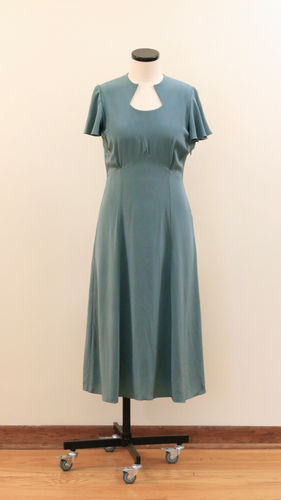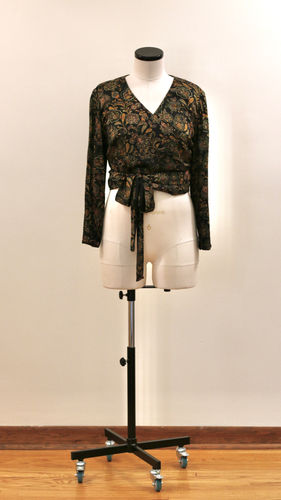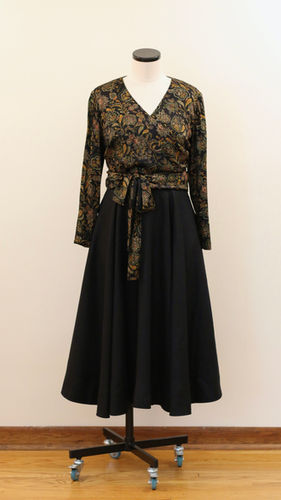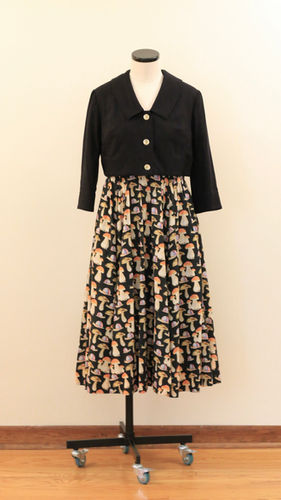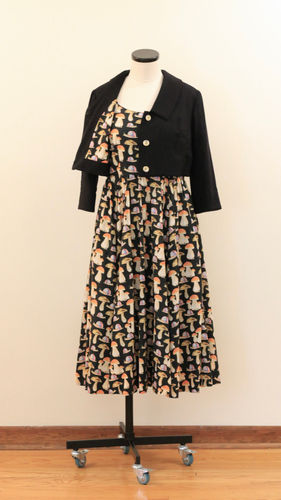Sewing
One way in which my neurodivergence manifests is that I find it very difficult to pay attention for extended periods of time and retain information if I am not able to stim. A solution that I have found that works well for me is to perform a manual task in tandem with a cognitive task. This way my hands are kept busy so that my brain can focus. In particular, I choose manual tasks that are either special interests of mine or ones which I feel drawn to or compelled to complete. This has the added effect of making me more eager to engage in the cognitive task because it is paired with something I love or something that causes a release of dopamine. I tend to gravitate towards creative manual tasks which have the added benefit of being scientifically linked to memory (Khalil, et al., 2019; Gerver, et al., 2023; Fan & Cai, 2022). Sewing is a manual task that I am especially attached to.
I received my autism diagnosis at the age of 25. In the process of learning about myself and reintegrating my identity, I finally understood why the sensory aspects of clothing was so difficult for me. I was able to let go of the notion that I needed to dress in a particular way and I discovered that in making my own clothes, I could create pieces that I loved and felt good in. Through fabric choice, cut, design, and colour, I've built a wardrobe that works for me. This brings me so much joy. I continue to add new pieces to my closet, but my life is busy and finding the time to sew isn't always easy, however it was the perfect activity to combine with online classes.
Below you will find a gallery of every garment that I sewed for myself over the course of two years of graduate studies. By combing these two passions I was better able to retain the information I was learning in class, sewing made me doubly excited to attend my classes, and class time allowed me space to engage in an activity that I love.
Click the images to zoom...
